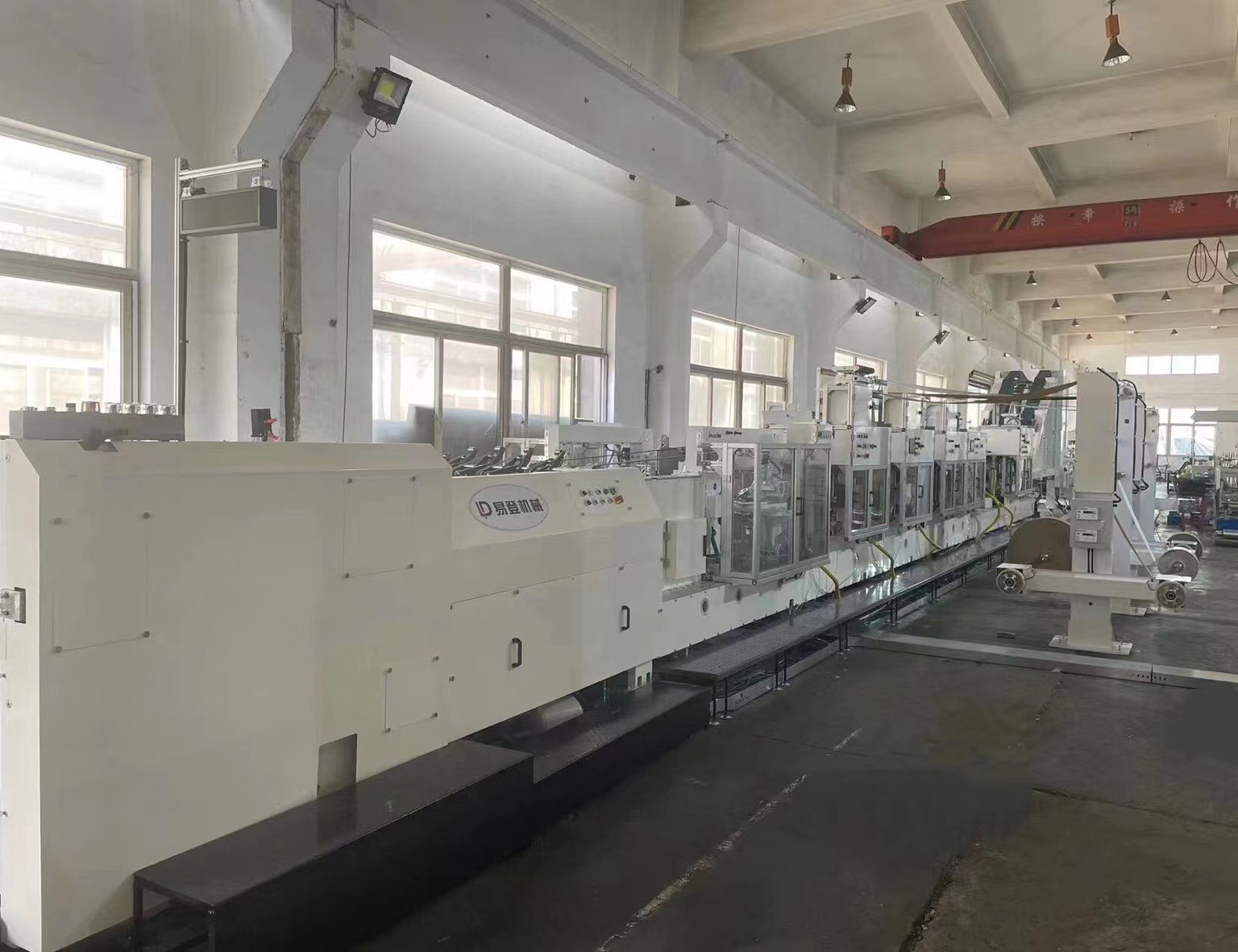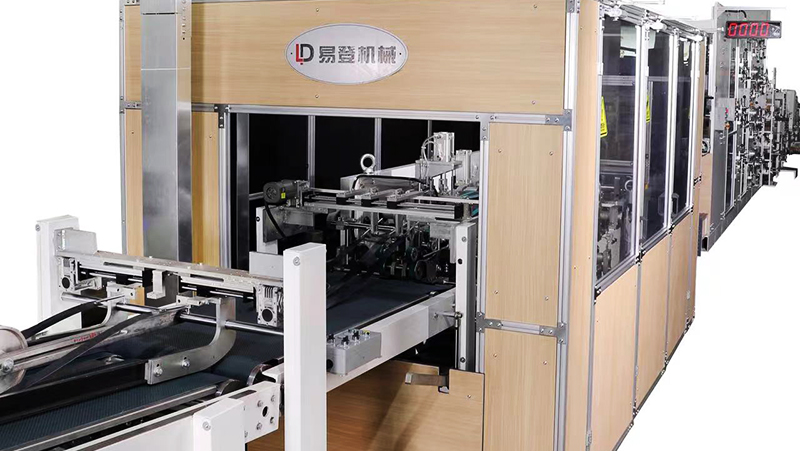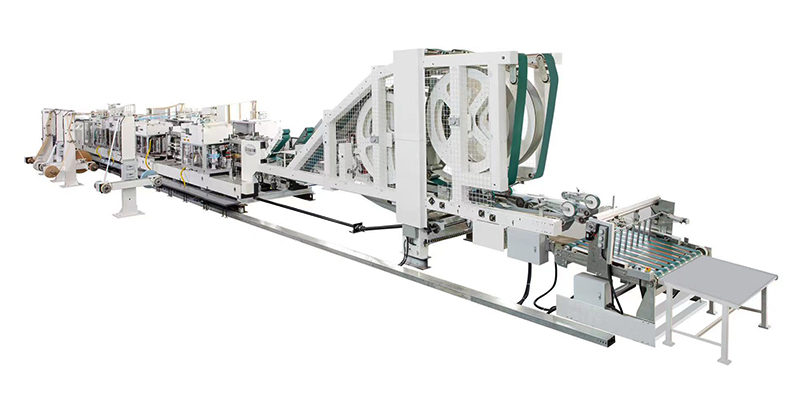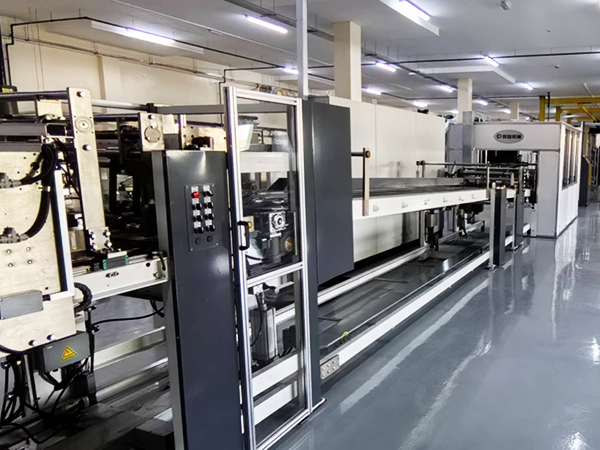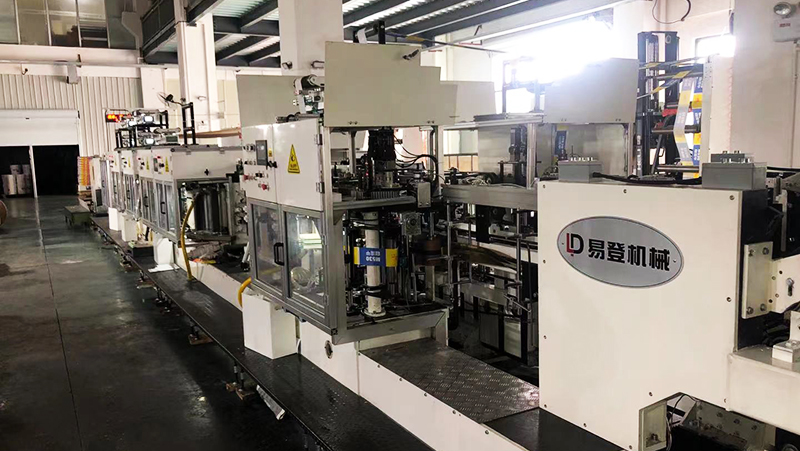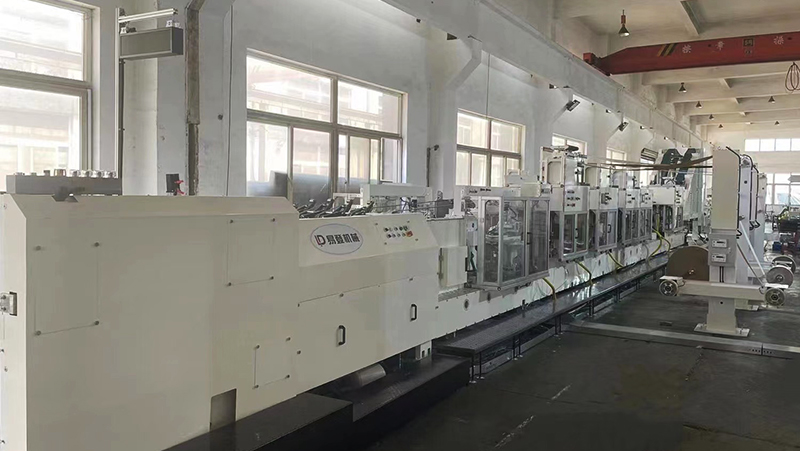The Valve Paper Bag Bottomer Machine is a critical piece of equipment in the packaging industry, specifically designed to form and seal the bottom of valve paper bags. These bags are widely used for storing and transporting granular materials such as cement, chemicals, and food products due to their efficient filling mechanism and durability. This article explores the technological advancements, operational principles, and industry applications of these machines, drawing insights from recent innovations and market offerings.
1. Key Components and Operational Principles
A Valve Paper Bag Bottomer Machine typically integrates mechanical, pneumatic, and electronic systems to ensure precise bottom forming and sealing. Key components include:
- Bottom Opening and Positioning Mechanisms: Automated systems, such as gear-driven conveyor belts and adsorption units, ensure the valve bag is correctly aligned and expanded during the sealing process. For instance, a patented bottom-opening assembly uses parallel gear shafts and toothed belts to synchronize the workflow, enabling fully automated operations.
- Adjustment Systems: Advanced machines incorporate differential gear mechanisms to fine-tune the placement of valve strips or bottom cover sheets. This allows real-time adjustments during production, enhancing accuracy and reducing material waste.
- Material Handling: Stainless steel components are often employed for durability, especially in high-wear environments like chemical or cement packaging.
2. Automation and Precision Control
Modern bottomer machines leverage servo technology and programmable logic controllers (PLCs) to achieve high-speed production with minimal downtime. For example:
- Servo-Driven Systems: Machines like the WINDMOLLER&HOLSCHER TRIUMPH 5 QT utilize servo motors to reduce setup times by 50% and enable dynamic adjustments during operation. This is particularly advantageous for producing large-format valve bags with handles or custom designs.
- Electronic Cam and Gear Functions: Controllers such as the Delta 20PM integrate electronic cams and gears to synchronize axes, eliminating phase lag between components. This ensures seamless coordination between feeding, cutting, and sealing processes.
3. Industry Applications and Benefits
Valve paper bag bottomer machines are indispensable in sectors requiring robust and leak-proof packaging:
- Construction Materials: Cement and chemical bags demand airtight seals to prevent moisture ingress. Automated bottomers ensure consistent quality, critical for bulk transportation1.
- Food and Agriculture: Precision in bag dimensions and seal integrity is vital for products like flour or animal feed. Adjustable systems accommodate varying bag sizes without mechanical reconfiguration9.
- Recycling and Sustainability: Machines compatible with recycled materials align with eco-friendly initiatives, reducing waste through optimized material usage.
4. Innovations and Future Trends
Emerging technologies are reshaping the landscape of valve bag production:
- IoT Integration: RFID systems, as seen in Kabel Premium Pulp & Paper’s operations, enable real-time monitoring of production batches, minimizing errors and enhancing traceability.
- Predictive Maintenance: Systems like Voith’s Seal Wear Monitoring use sensor data to predict component wear, reducing unplanned downtime. This concept could extend to bottomer machines for proactive maintenance.
- Smart Manufacturing: The adoption of 5G and AI-driven controllers.
Conclusion
The Valve Paper Bag Bottomer Machine exemplifies the fusion of mechanical engineering and digital innovation in modern packaging. From servo-driven precision to IoT-enabled quality control, these machines are pivotal in meeting the demands of industries ranging from construction to food processing. As manufacturers continue to prioritize automation and sustainability, the next generation of bottomer machines will likely redefine efficiency and reliability in global supply chains.


